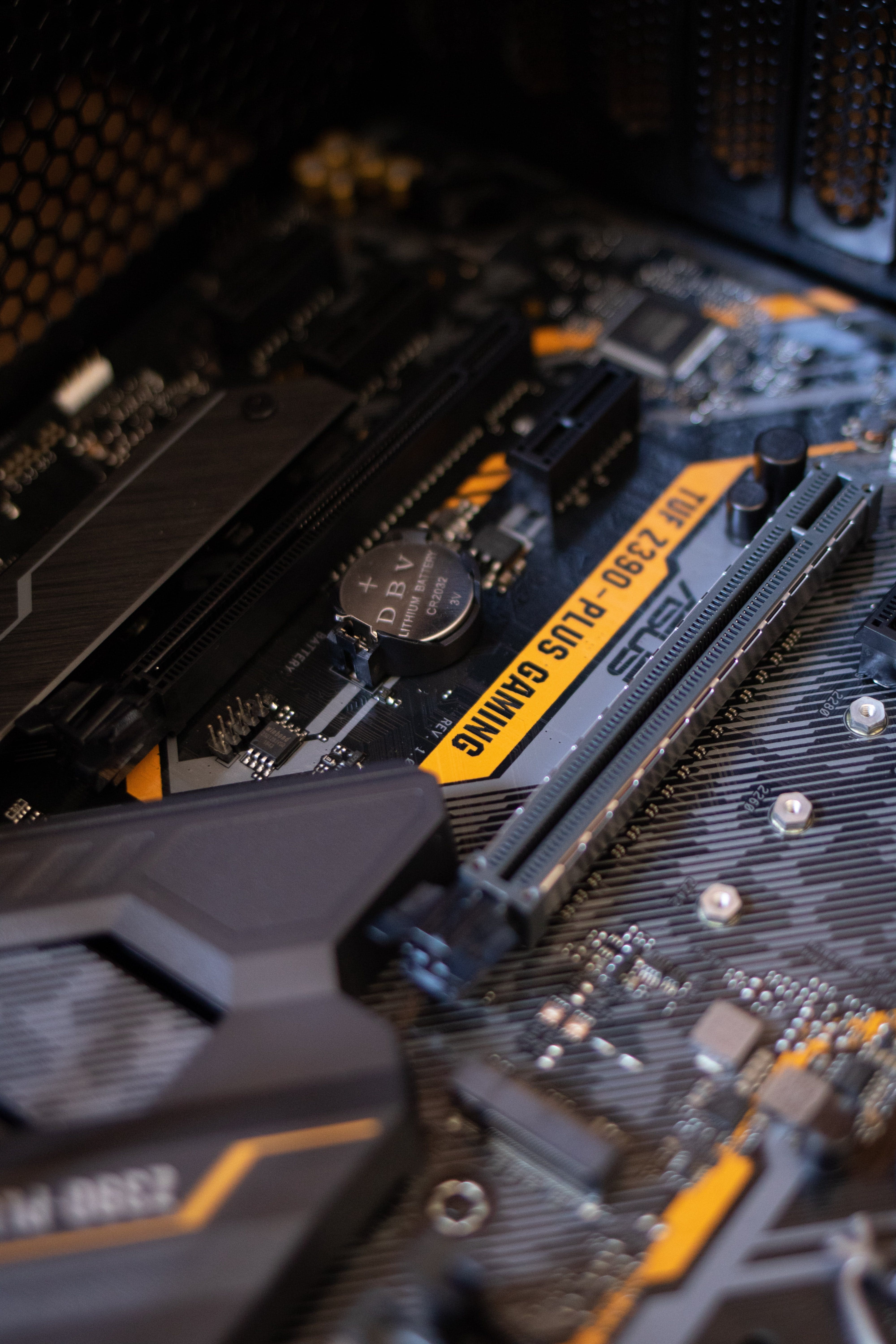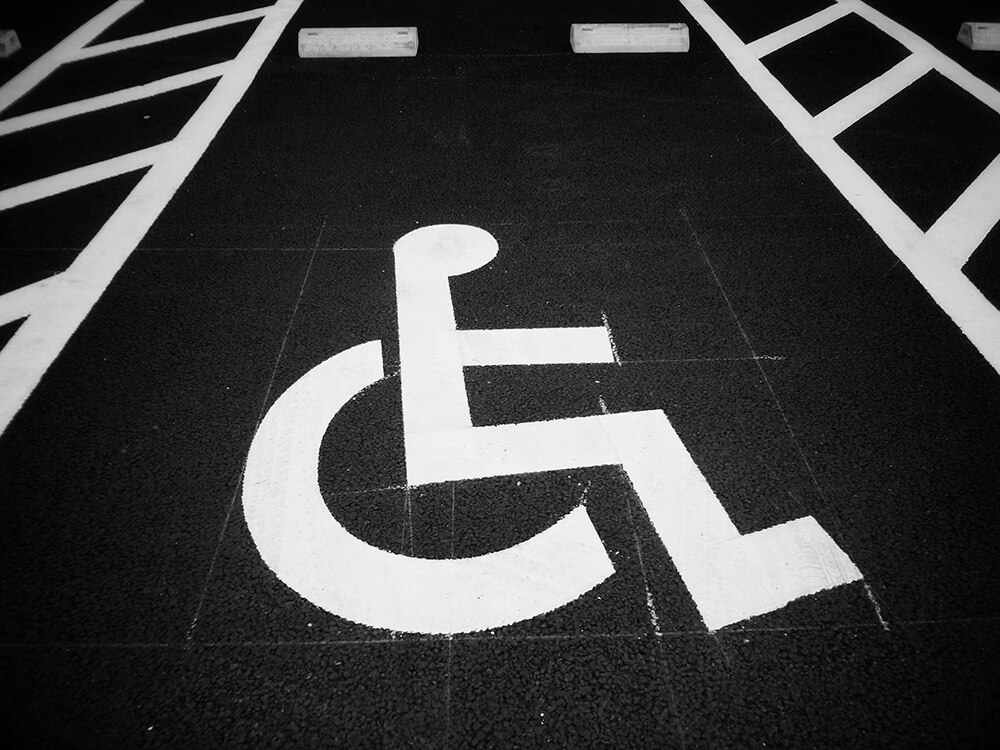As heavily as COVID impacted the entire world, people with disabilities faced specific challenges during and beyond lockdown owing to three overriding factors: the increased risk of poor outcomes from this disease, reduced access to routine health care and rehabilitation, and the negative social impact caused by efforts to reduce contagion. Although lockdown is a thing of the past, the social effects of the pandemic are far from over. As reported by the BBC, COVID has resulted in the rise of remote work, with many companies resorting to a “hybrid” work model that has actually proven to be a great leveller in terms of equality, diversity, and inclusion. However, telecommuting also has its downside—greater isolation ad fewer opportunities for in-person interaction. How is technology working to bridge the divide and unite disabled people with their colleagues, friends, and family in the age of the “new normal?”

Entering Virtual and Real Worlds
Mixed reality headsets are one of the buzzwords in the tech sector. Anyone who enjoys gaming, working on a large “monitor” or interacting with others via video conference call is keen to get their hands on Apple’s new Vision Pro mixed reality headset. You simply put this headset on and start “working” on an enormous virtual screen whose size you can manipulate (imagine enjoying an online game with others on a virtual screen that is as large as your wall). You don’t need a mouse; you simply swipe and click items on the screen with your fingers. You can use all your usual apps, look at photos and video recordings, or work as you would on a typical monitor. You can also use the headset to make spatial FaceTime calls with scanned avatars that use AI to mimic the appearance and body language of the person wearing the headset. You can see all your contacts in “larger-than-life” size as they talk, and share documents and information as you normally would when working with a normal computer. It’s easy to see how this technology can help disabled people feel much more connected to their colleagues and friends, until they can see them in person, of course!
 Reinventing the Wheelchair
Reinventing the Wheelchair
A person’s ability to move from one area to another play a crucial role in encouraging social interaction. Innovative wheelchair technology is improving mobility, safety, and accessibility, making it easier for wheelchair users to attend social events. Accessibility legislation has done plenty to boost accessible housing and rental policies. For instance, the law in most countries deems it necessary for landlords to accommodate disabled tenants via wheelchair access ramps, the installation of railings, adapted shouting and bathing facilities, and similar. However, it also helps for wheelchairs themselves to contain cutting-edge technologies that make movement easier. Currently, a few innovations that are making it easier to get around include self-driving, smart wheelchairs with sensors that use ultrasonics, radars, and cameras to perform tasks like slowing chairs down to prevent accidents.
Glasses That Speak
XRAI Glass is an innovative pair of glasses that allows deaf people to read real-time captions when talking to others. Instead of relying on lip-reading, deaf people can see that the other person is saying through the lenses. The glasses go a step further—they can even translate languages, vocal tones, accents, and pitches. They make an ideal tool for social interaction, work, education, and events. They come with a Bluetooth mic, which means that they can “see” conversations from a distance. Jodie Ounsley, a professional rugby player, has tried the glasses and stated that although she embraces her deafness with positivity, her disability “is a really isolating place at times. You miss out on a lot, and it’s a mental journey trying to lip-read.” She has stated that the glasses makes social interaction considerably easier. The smart glasses work with the XRAI app, which turns speech into subtitles in real time.
Although lockdown has long been over, the effects of COVID have continued into current times. Many disabled people are pleased to be working from home owing to the ease of this new arrangement, but remote work can be isolating. Technological innovations are constantly bridging the divide between remote and in-person work modes. Apple’s Vision Pro, smart wheelchairs, and XRAI Glass are just three of many technologies that are uniting disabled people with other people with and without disabilities.